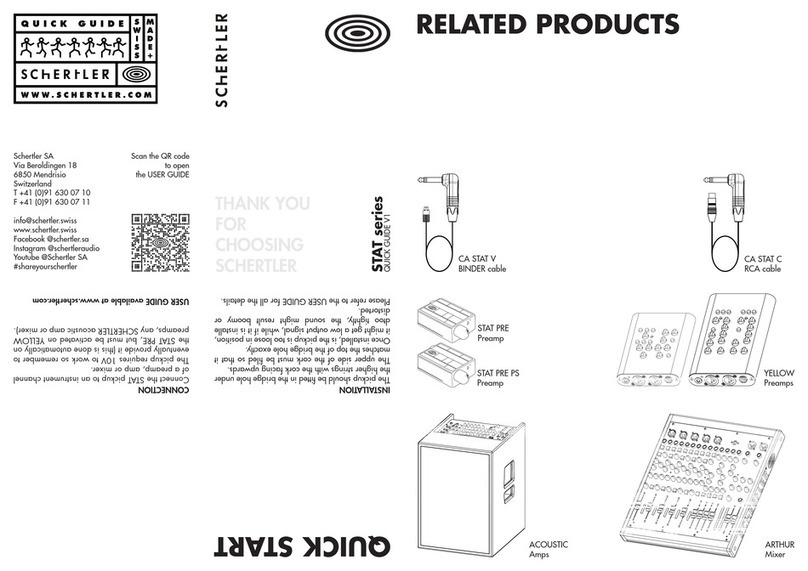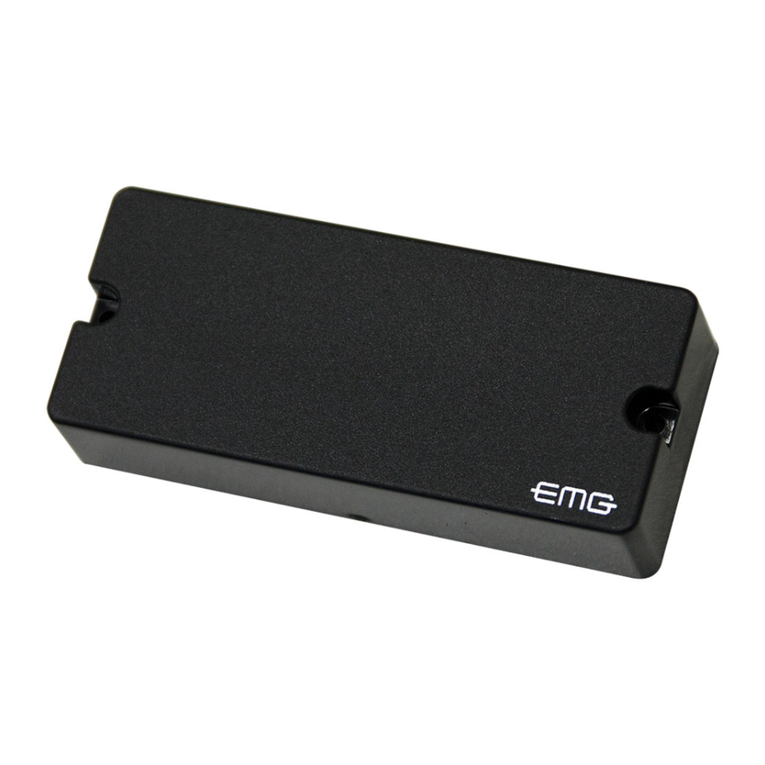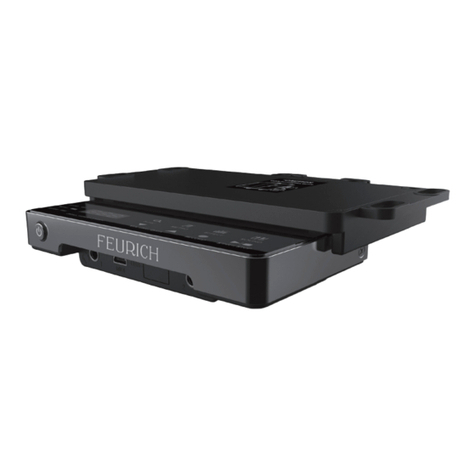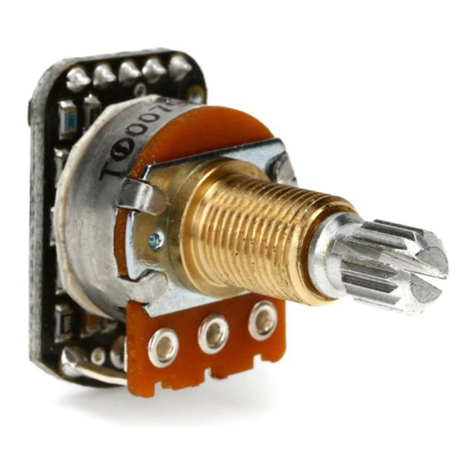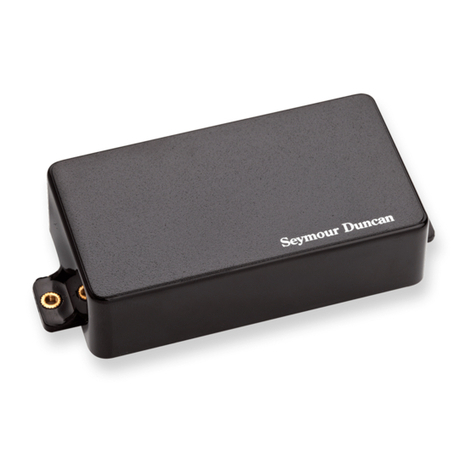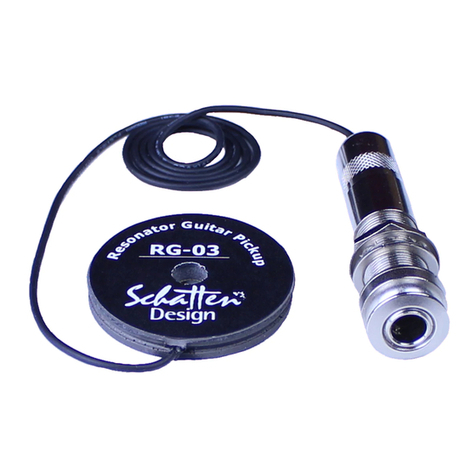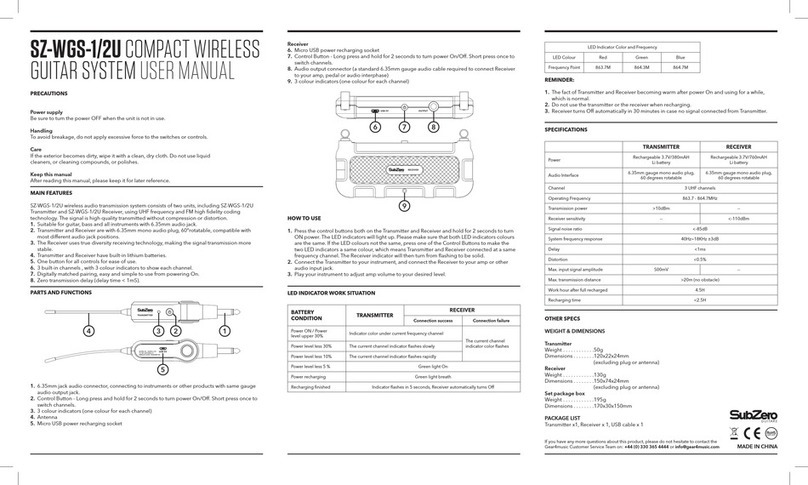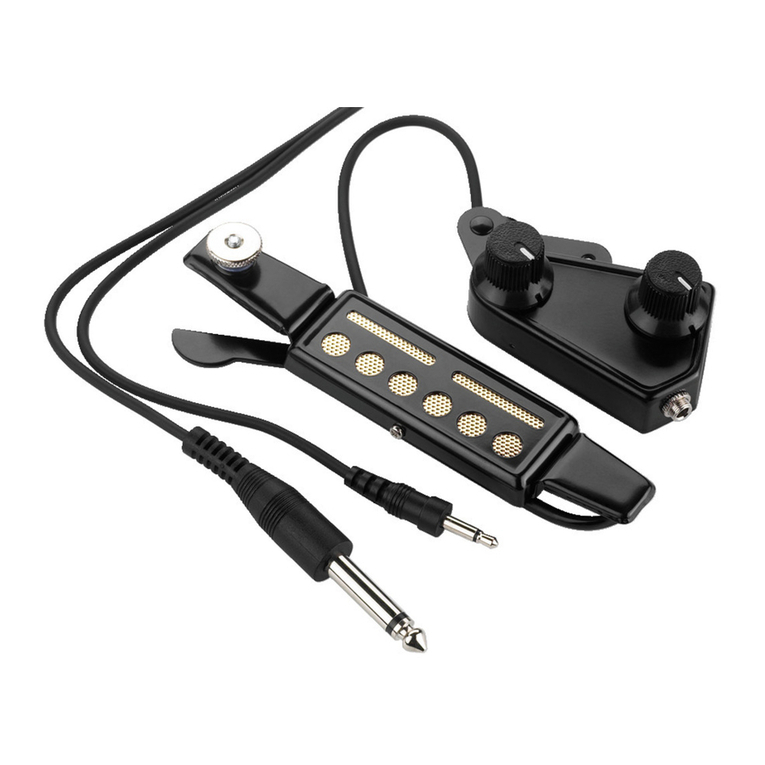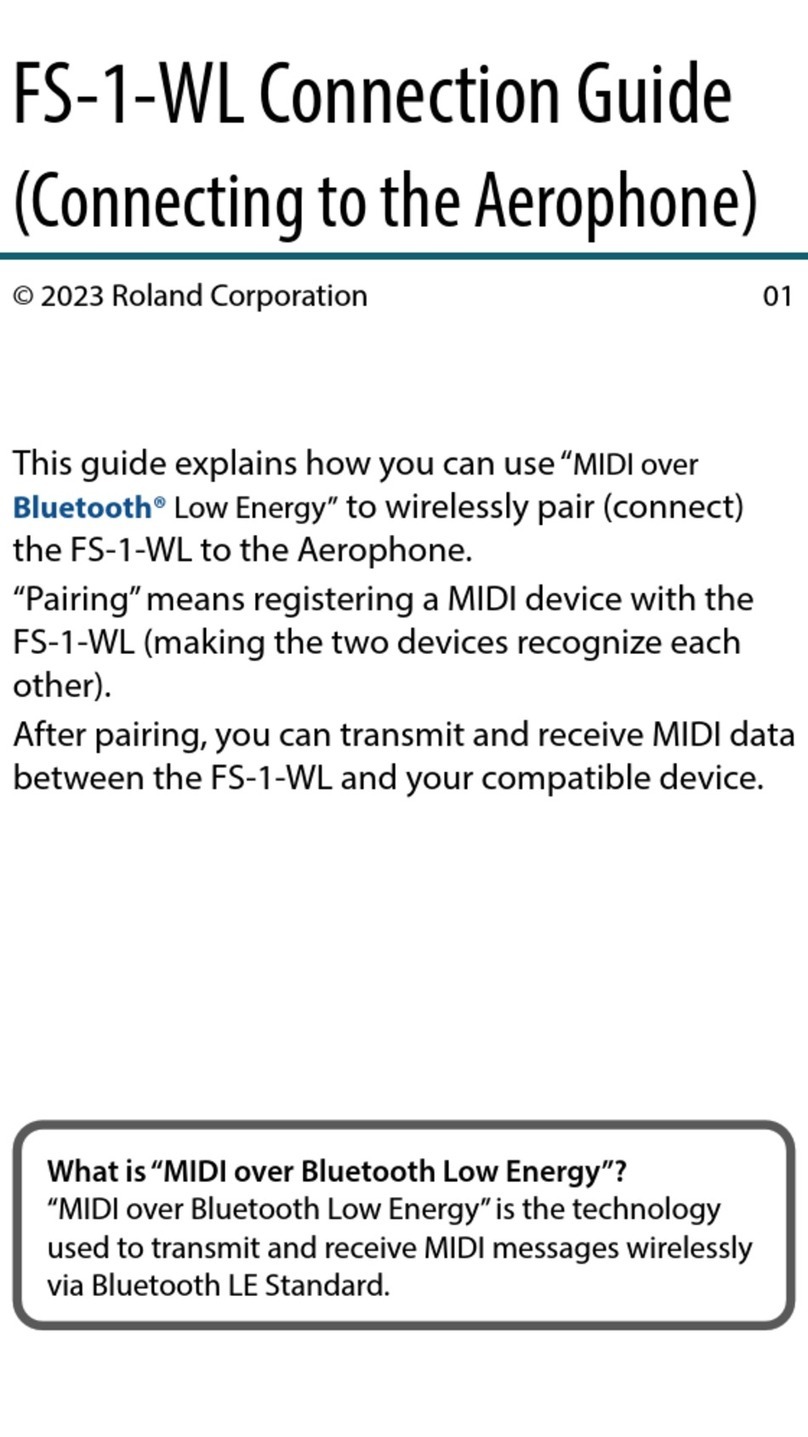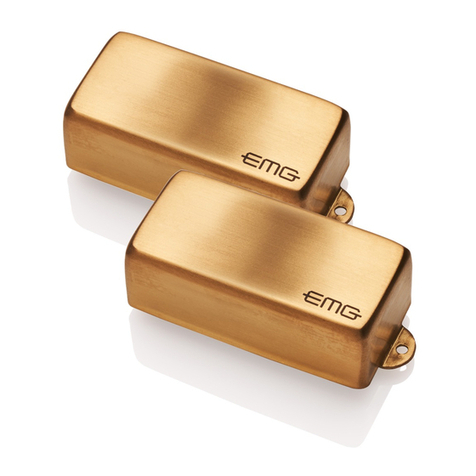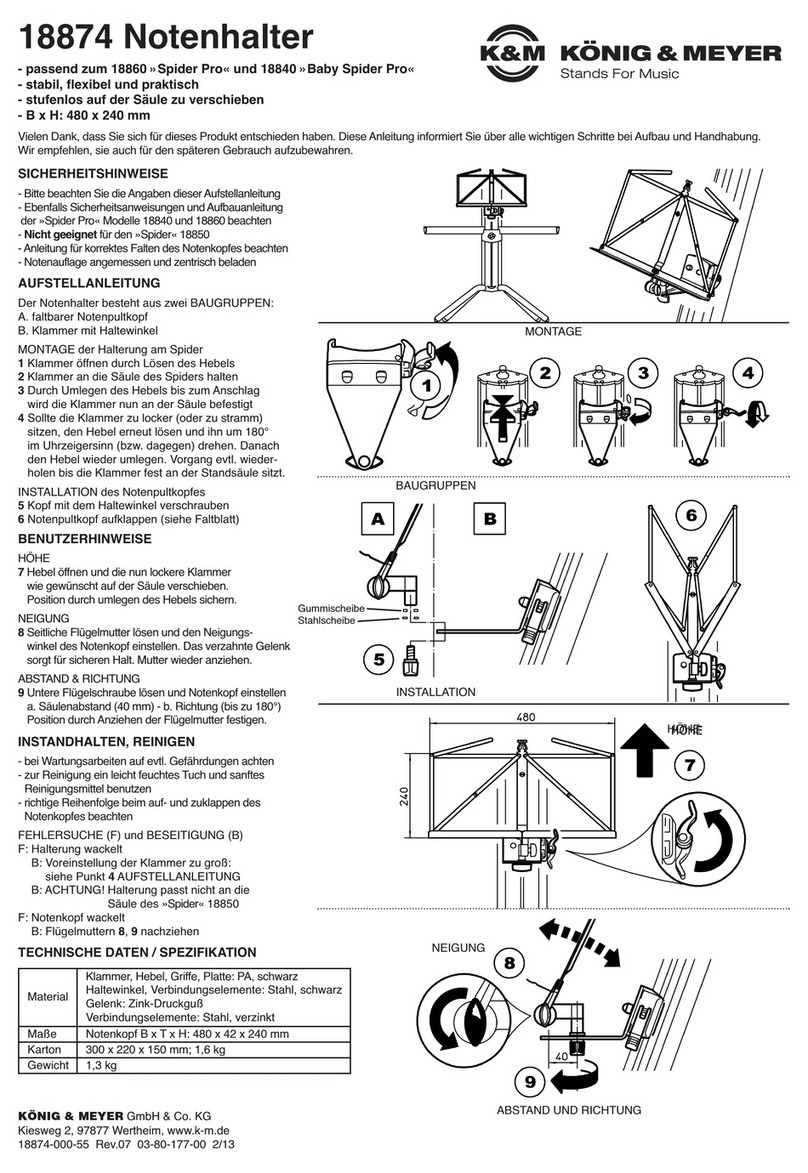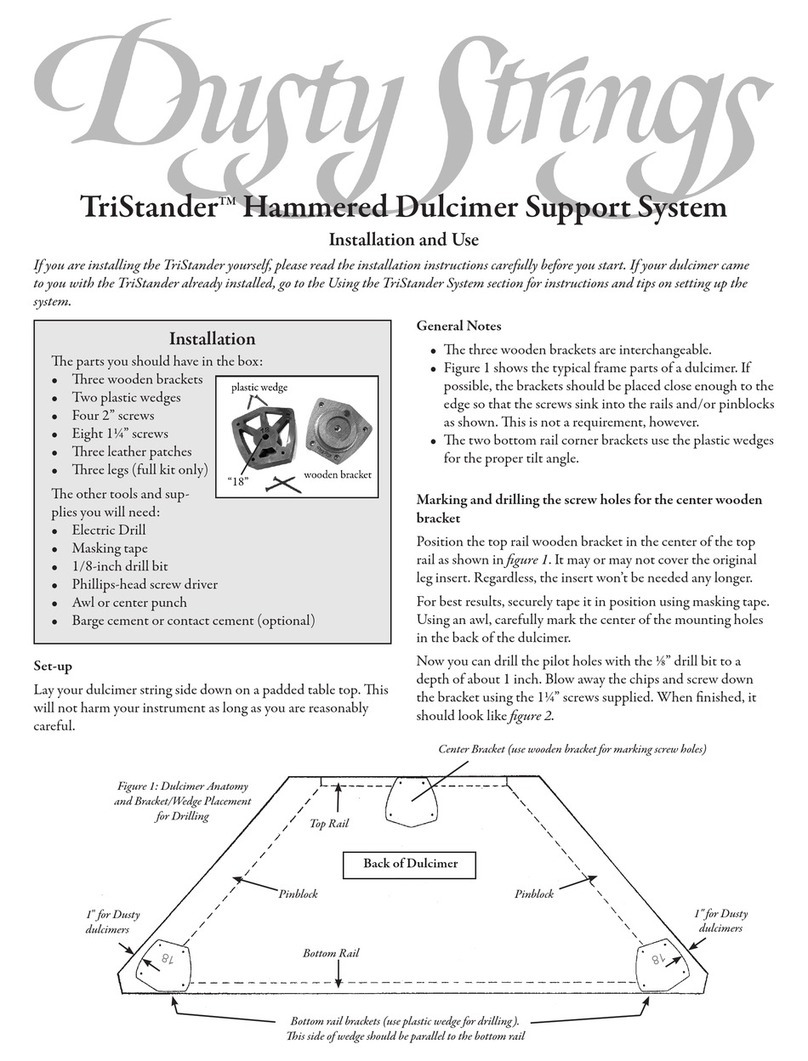
Solo BC Style DIY Electric Guitar Kit
Copyright © 2011 Solo Music Gear. All rights reserved | v1.02
rounded/curved surfaces. Start with 180 grit sandpaper, continue with 240 and finish with 320, always
moving along the grain only. Before the final sanding, wipe the wood with a damp cloth and let it dry to raise
the wood grain.
STEP 2 –There are many different ways to apply finish to your guitar. Do a little research to decide which
type of finish you want to use. One good starting point is to review tutorials at the Project Guitar website:
http://www.projectguitar.com/tut/tutorial5.htm
STEP 3 - For any type of spraying finish (lacquer or paint) you will need to mask three areas with masking
tape: neck pocket on the body, neck’s fingerboard and truss rod nut. Press the tape tightly to the wood, not
allowing any gaps at the edges, to completely prevent the finish leaking to these areas.
STEP 4 - You will also need to make hangers for both the body and neck (if you want to apply
any spraying finish). Make them from a strong metal wire (wire dress/coat hanger can be used for it).
STEP 5 –Apply the finish by following the manufacturer instructions. Remember that spraying the finish is not
an easy process as it requires certain skill and experience –you might want to practice first on some scrap
wood. Always remember your safety –work only in a well ventilated area, away from any open fire and wear
a respirator mask and safety glasses.
STEP 6 –Final polishing for high gloss finishes can be done manually or using a power drill with a foam
polishing pad. The finishing tools and materials are readily available in many automotive/hardware supplies
stores.
TIP: Consider an oil rubbed finish (sometimes called “wipe-on oil finish”) as a good and safe alternative.
Tru-Oil® (known as a “Gun Stock Finish”, based on Linseed Oil) or Waterlox® (Processed Tung Oil) is highly
recommended. Oil finishing takes longer, but it is very safe and easy to apply and a high quality finish can
be achieved, even by a novice.
5. ASSEMBLY
STEP 1 –Install the Machine Heads and on the neck’s headstock. Use the threaded hex bushings with
washers - initially tightening them with your fingers only.
Align each machine head to match the holes for mounting screws and use the screws to secure the heads.
Finally, tighten the hex bushings with a socket wrench (or regular hex wrench).
STEP 2 - Install the mounting bushings for the bridges and the tailpiece. Before pressing in the mounting
bushings, you must insert the ground wire into the small angled hole on the inside wall of the hole for a
tailpiece bushing (the one closer to the controls cavity). Strip the end of the wire (up to an inch long), wrap it
around the bottom of the tailpiece bushing and tap the bushing tightly into the hole - don’t forget to separate
the mounting studs first! For tapping, you can use either a plastic headed hammer, or a regular hammer, by
placing a small piece of wood on the top of a bushing to prevent any potential damage. Tap the other tailpiece


















